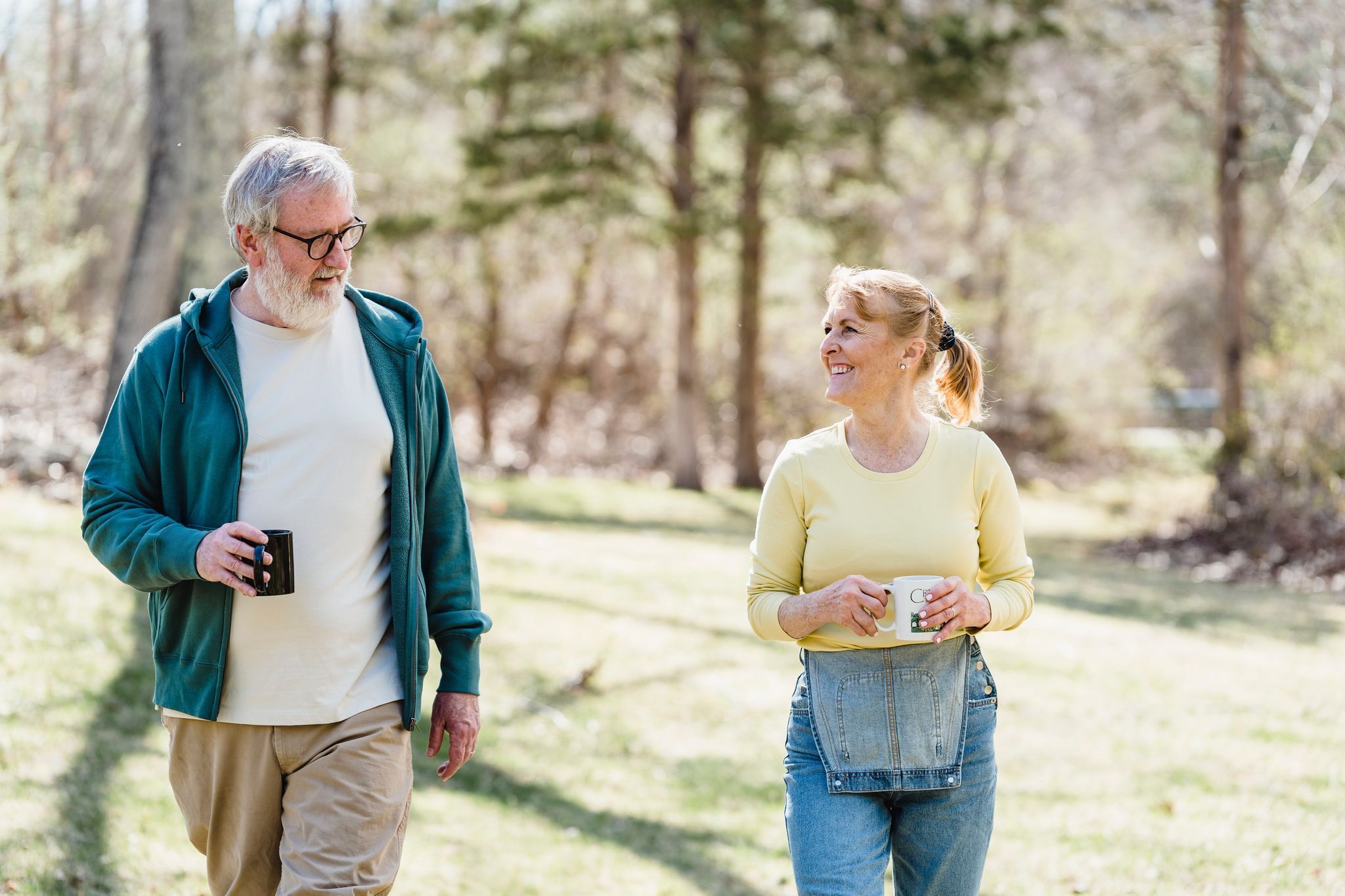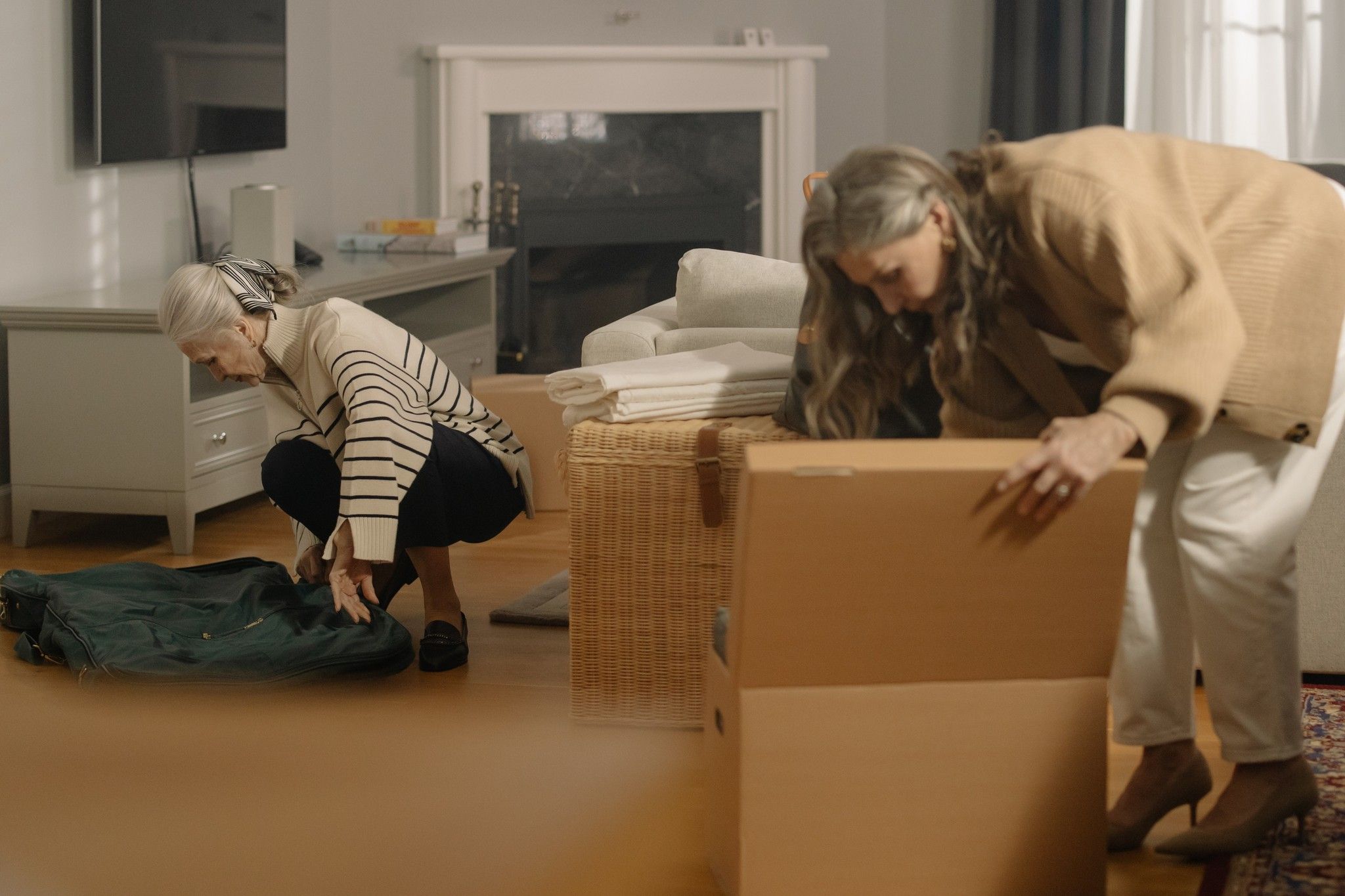“I Can Still Take Care of Myself.” – How Senior Living Can Empower You to Thrive
Independence is not just a privilege; it’s a fundamental aspect of one’s dignity and self-esteem. At every stage of life, having control over daily choices is paramount. For seniors, the desire to maintain independence is especially significant. Senior living communities understand this desire deeply, and they’re designed to support independence, not diminish it.
Senior living communities like ours don’t replace your independence; they enhance it.
Here’s how:
Personalized Support:
Our services are tailored to meet individual needs, offering help where it’s wanted while stepping back where it isn’t. Whether it’s help with medication management, mobility assistance, or just someone to lift heavier objects, our staff adjusts their support based on each resident’s requirements.
Freedom from Chores:
Maintaining a home can be taxing, both physically and mentally. In a senior living community, residents are relieved from the daily chores of home maintenance, yard work, and even cooking. This liberation from household tasks allows residents to spend more time pursuing what they love, whether that’s exploring new hobbies, socializing, or relaxing.
Safety and Security:
One of the greatest benefits of a senior living community is the built-in safety features. From secure entrances to emergency response systems in each residence, everything is designed with safety in mind. Additionally, with professional staff available around the clock, help is always at hand in any situation, giving residents and their families peace of mind.
Moving to a senior living community doesn’t mean giving up your self-sufficiency; it’s quite the opposite.
By alleviating the burden of maintenance and offering personalized assistance only when needed, senior living communities can actually extend the period of independence and self-sufficiency. Residents can enjoy their freedom with the confidence that support is there if and when they need it, all within a community that values and fosters independence.















